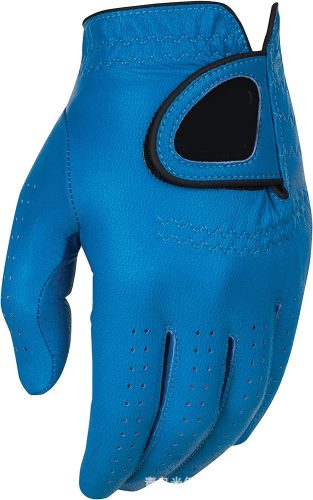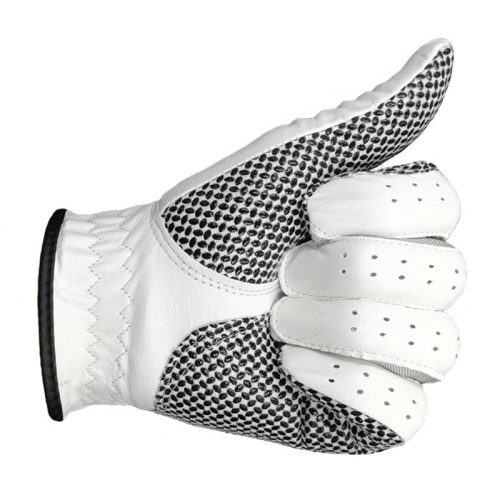Choosing the right golf ball for different playing conditions can help you optimize your performance on the golf course. Here are some factors to consider when choosing golf balls for different playing conditions:
- Course conditions: The condition of the golf course can play a role in the type of golf ball you should use. For example, if the fairways are firm and fast, a golf ball with a harder cover material, such as Surlyn, may perform better. On the other hand, if the course is soft and slow, a golf ball with a softer cover material, such as urethane, may perform better.
- Weather conditions: The weather can also impact the performance of your golf ball. For example, if you’re playing in windy conditions, a golf ball with a low spin rate can help you maintain a consistent flight path. In cold weather, a golf ball with a higher compression rating can help you achieve more distance off the tee. In hot weather, a golf ball with a lower compression rating can help you achieve maximum distance.
- Playing style: Your individual playing style can also impact the type of golf ball you should use. For example, if you tend to generate a lot of spin on your shots, a golf ball with a lower spin rate can help you achieve a more consistent flight path. If you tend to hit the ball with a lot of power, a golf ball with a high compression rating may be a good choice to help you achieve maximum distance.
- Skill level: Your skill level can also play a role in the type of golf ball you should use. For example, if you’re a beginner or high handicapper, a golf ball with a low compression rating can help you achieve more distance off the tee. If you’re a more advanced player, a golf ball with a softer cover material, such as urethane, can help you achieve more control and feel around the greens.
Remember that finding the right golf ball for your game may require some experimentation. Try out different brands and models of golf balls to find the one that works best for you in different playing conditions.


